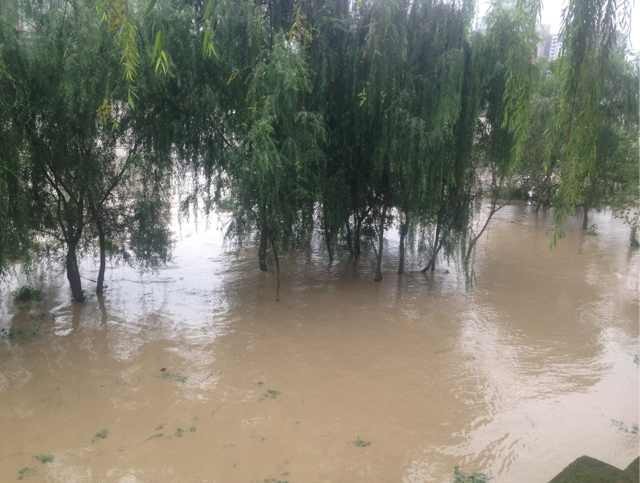Other than being directly hazardous to health, air pollution has been pinpointed as a factor that causes extreme weather conditions such as floods and droughts, according to Fan Jiwan of the Pacific Northwest National Laboratory (PNNL).
Fan is a leading figure in atmospheric science at the facility, which specializes in research affiliated with the U.S. Department of Energy.
After two years of research combining real-life observations with computer simulations, Fan and her research team have published findings that put the spotlight on how man-made air pollution has contributed to natural disasters, such as the catastrophic floods that hit Southwest China in July 2013.
According to Fan's study, the disaster could have been less severe had the air quality in the region not been so poor.
"Our modeling and simulation results show that if the emissions level had been the same as it was in the late 1970s, the extreme precipitation in the mountainous region would have dropped by up to 40 percent, and only minor precipitation would have occurred in the basin," Fan explained to the Global Times.
The study of Fan's team was published in the scientific journal Geophysical Research Letters and was highlighted by other leading international scientific publications like Nature and Science.
Fan first developed her hypothesis when she was watching the news of the 2013 storm in Sichuan, Southwest China, on TV.
"While I grieved over the casualties and damages, I was surprised by the fact that the heavy rainfall mainly occurred downwind in mountainous regions, instead of the broad basin area," Fan recalled.
This eventually led her to form a team and collect data that would prove her hypothesis right.



























